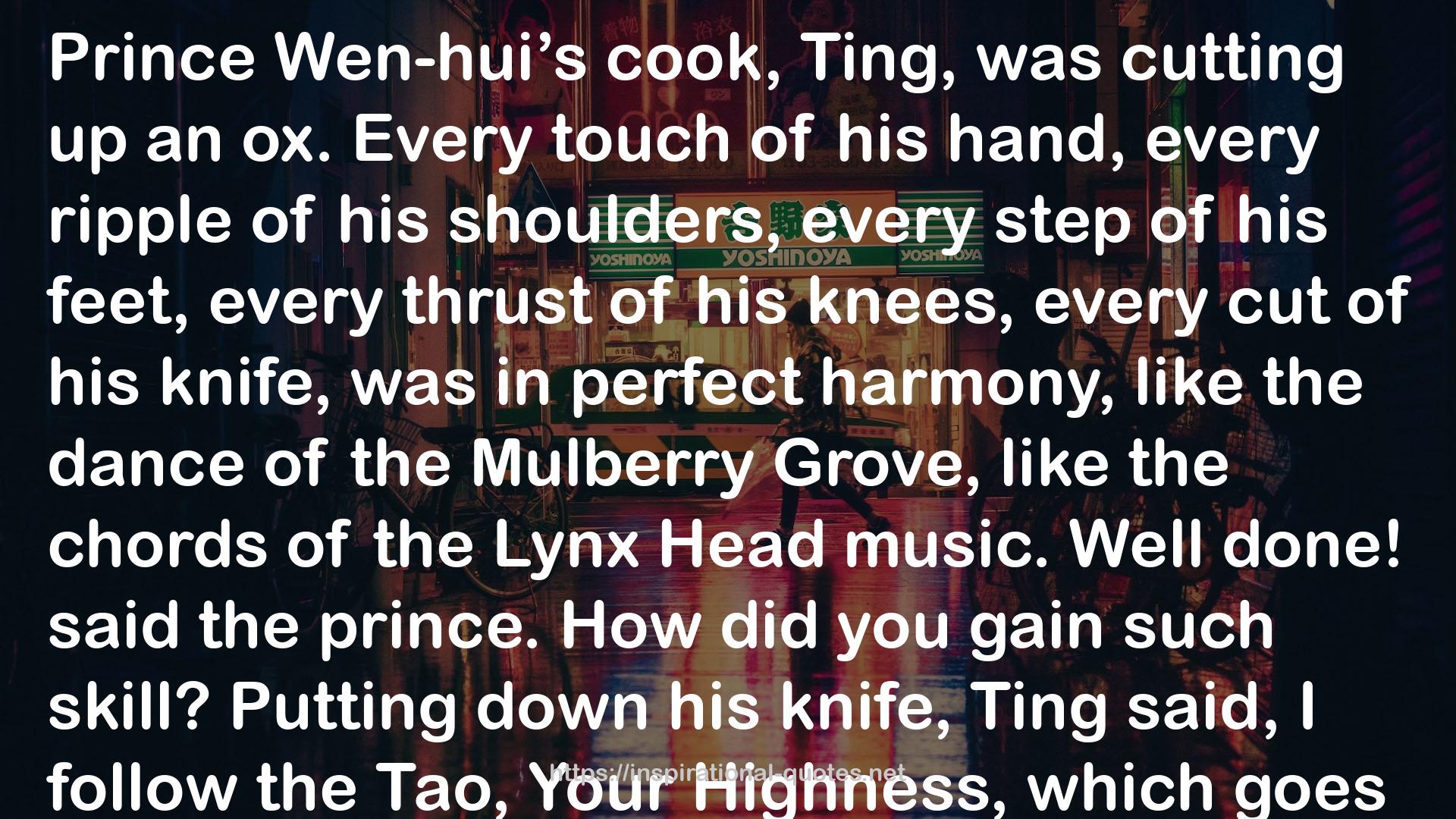The Second Book of the Tao QUOTES
SOME WORKS
- Disrupted: My Misadventure in the Start-Up Bubble
- UX Design for Growth: How to optimize your product for customer conversion
- The Memory of Light
- Clear Brightness
- 21 Days to Change Your Body
- Cultivating Genius: An Equity Framework for Culturally and Historically Responsive Literacy
- And the Band Played On: Politics, People, and the AIDS Epidemic
- Junior Hero Blues
- The Fifth Woman (Kurt Wallander, #6)
- The Library of Babel

